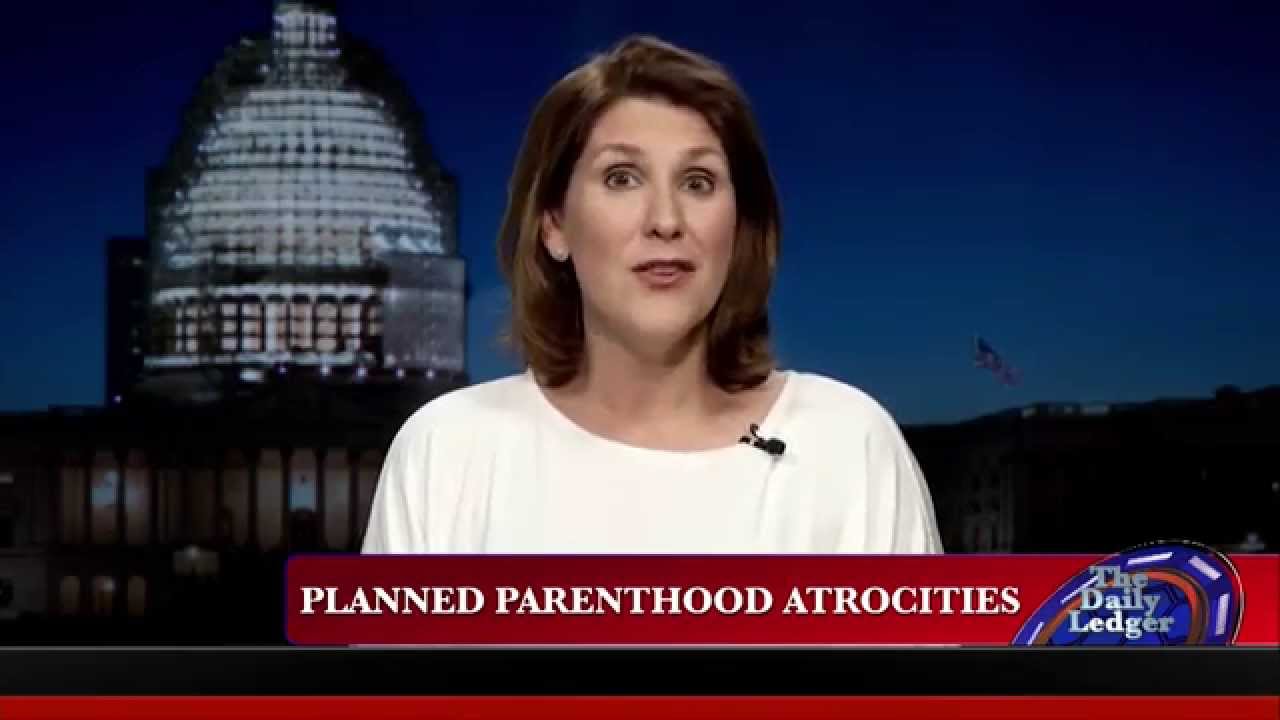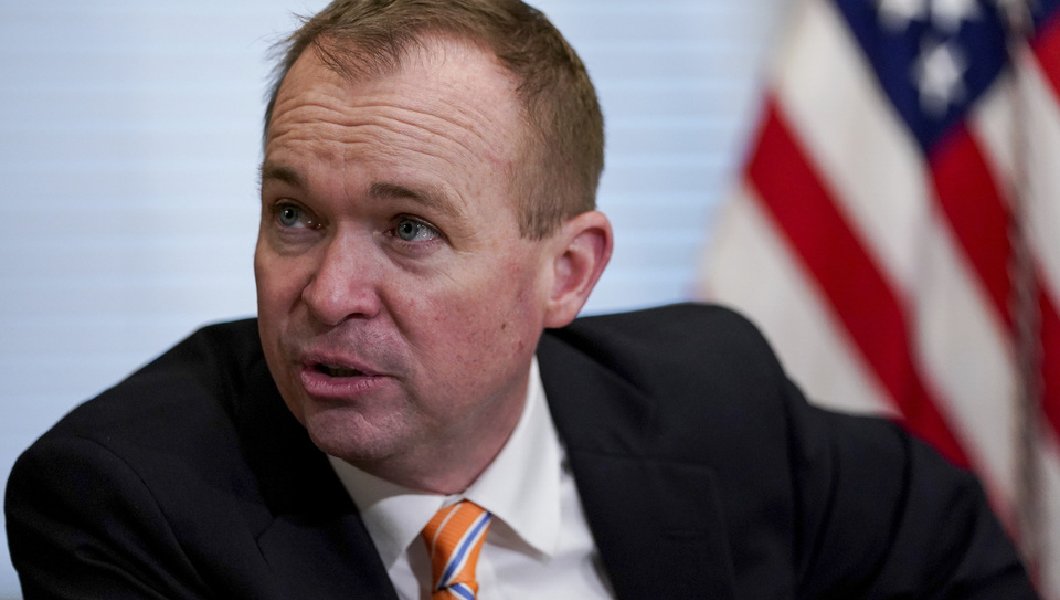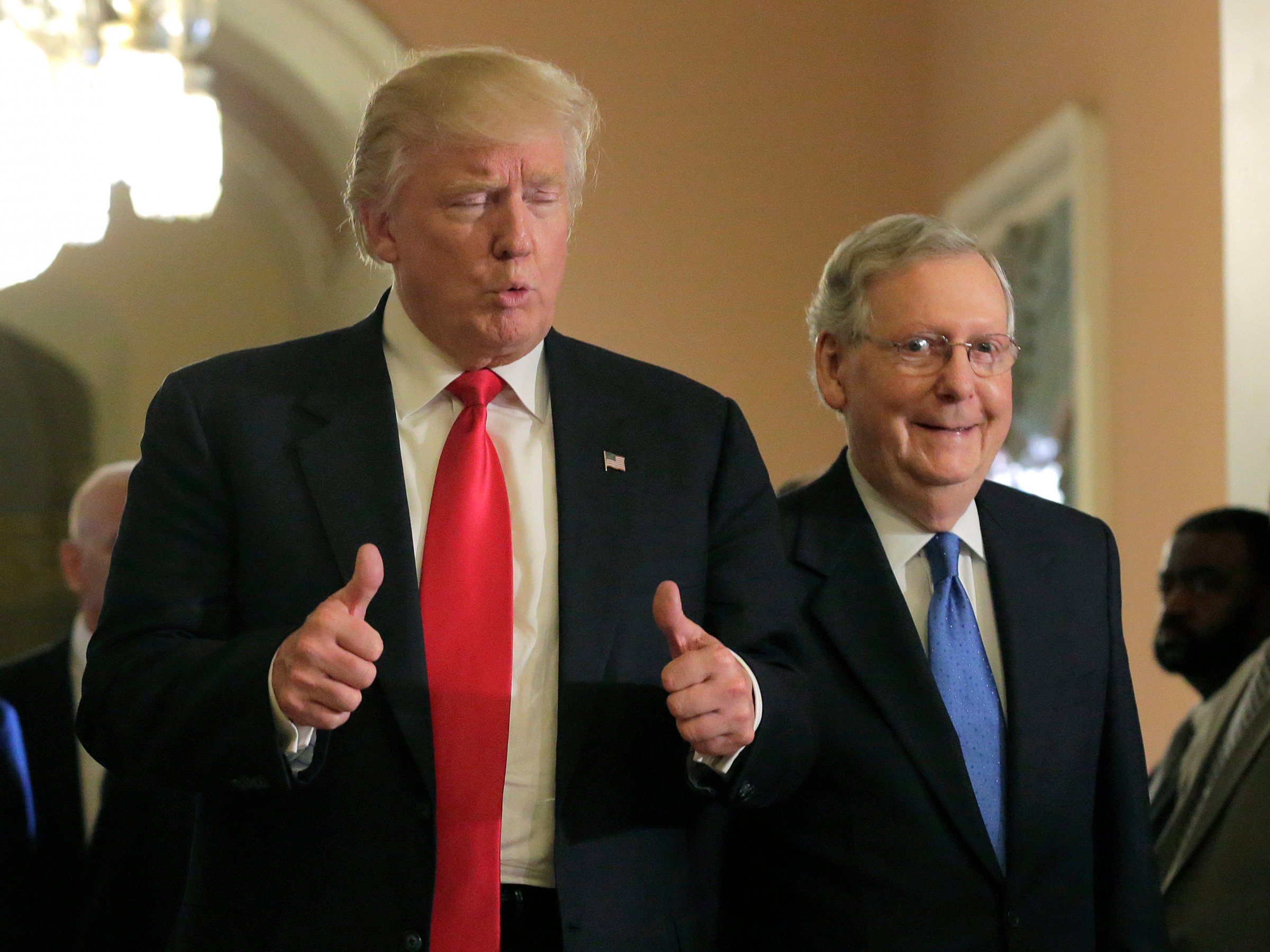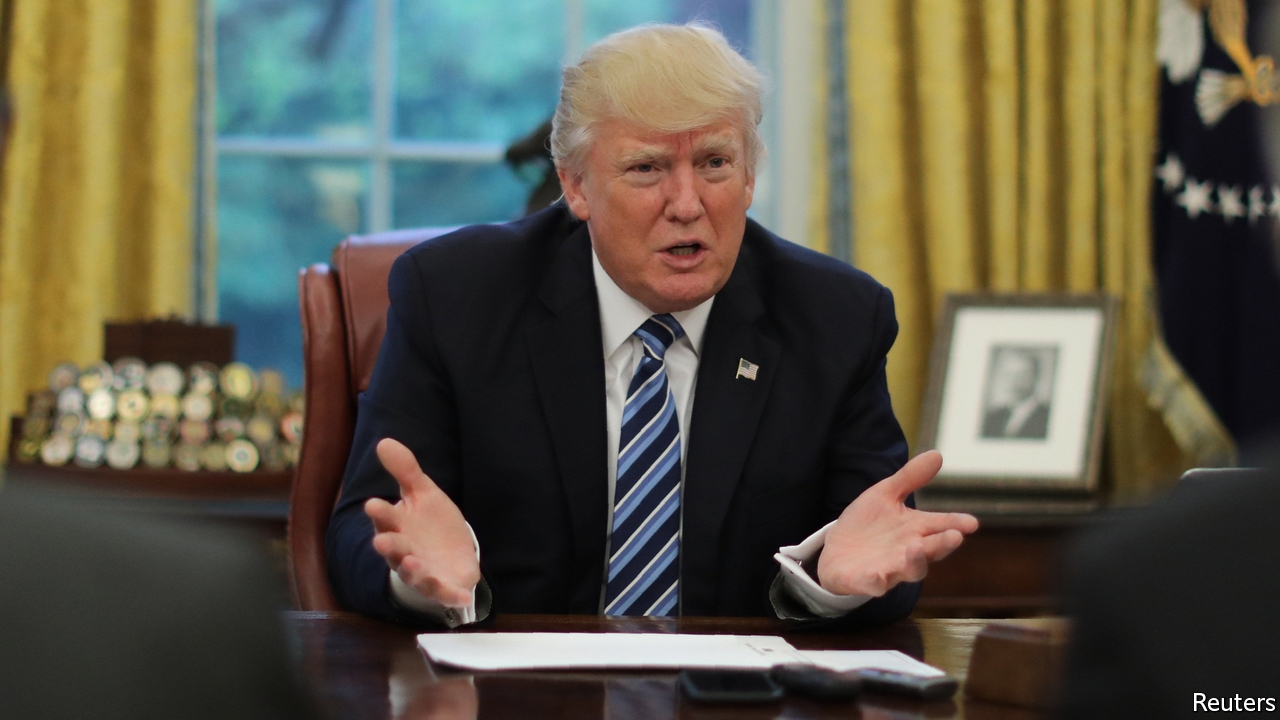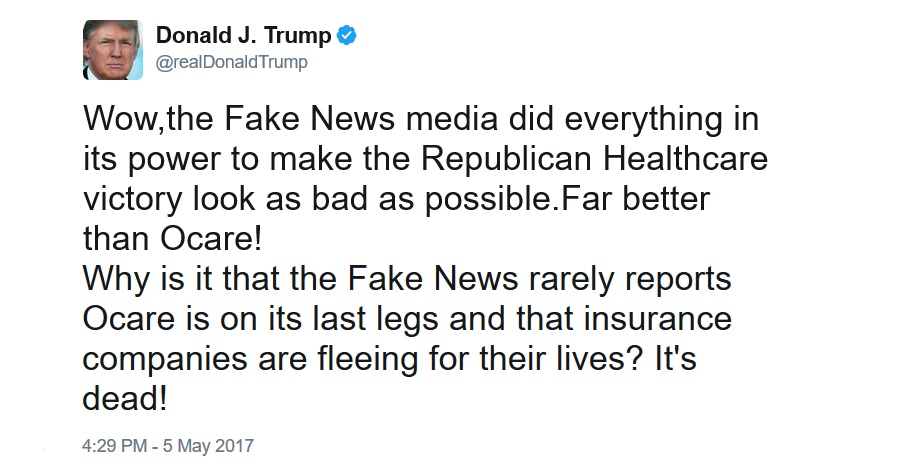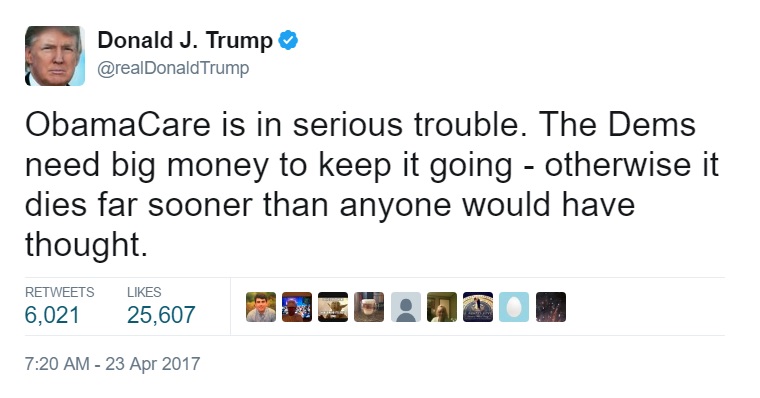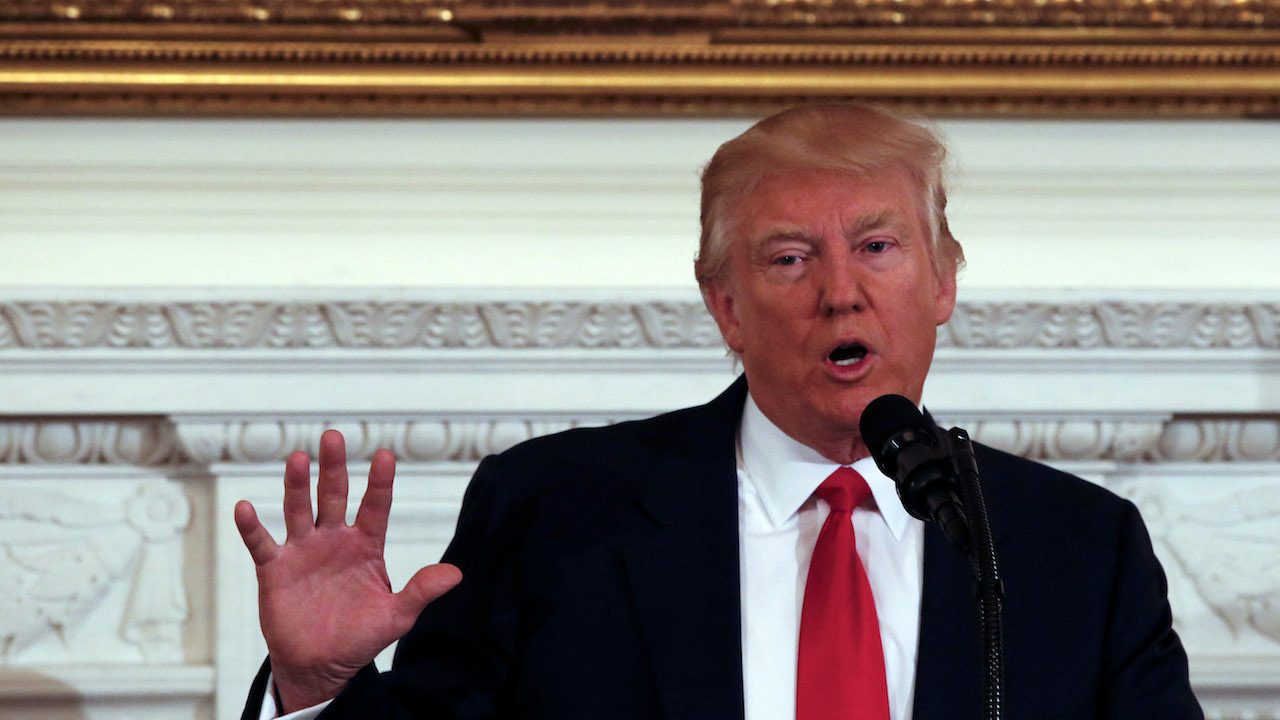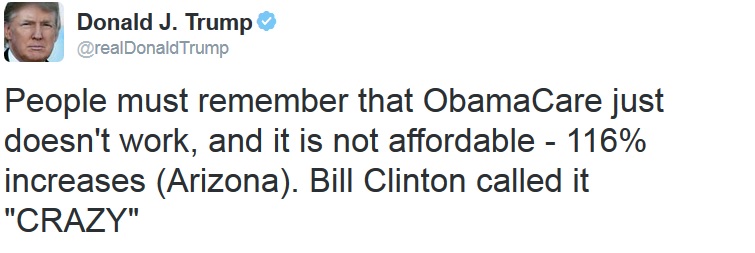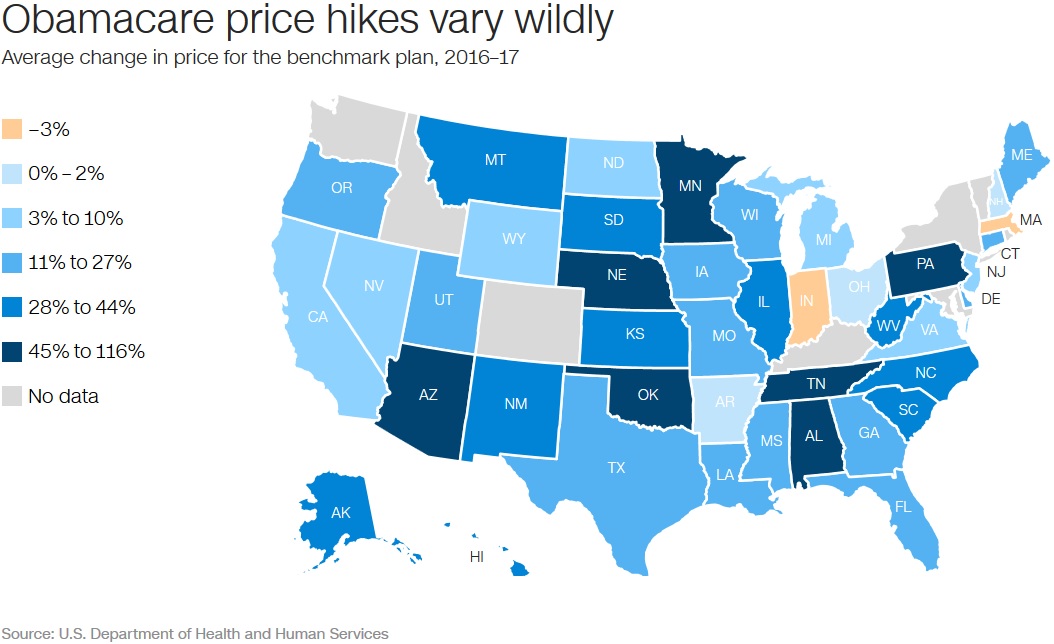Contraception policy may not be the biggest target of the anti-science right wing — climate change and evolution probably rank higher — but it’s the field in which scientific disinformation has the most immediate consequences for public health.
So it’s especially disturbing that President Trump and Health and Human Services Secretary Tom Price have stocked the corridors of health policy with purveyors of conclusively debunked claptrap about contraception, abortion, pregnancy and women’s reproductive health generally.
That’s the conclusion of a new article in the New England Journal of Medicine identifying four Trump appointees as carriers of the disinformation virus. What makes them especially dangerous, says the author, bioethicist R. Alta Charo of the University of Wisconsin law school, is that the “alternative facts” they’re purveying could influence an entire generation’s attitude toward contraception, for the worse.
Among their themes is that condoms don’t protect against HIV or other sexually transmitted diseases and that abortions and contraceptives cause breast cancer, miscarriages and infertility. None of these assertions is true.
“The move toward misinformation at the level of sex education is dangerous,” Charo told me, “because you form instincts about what is safe very early in life.”
These appointments are all of a piece with Trump’s habit of staffing federal agencies with people actively in opposition to those agencies’ goals and statutory responsibilities — climate change deniers at the Environmental Protection Agency, corporate executives at the Department of Labor, and so on.
They’re also consonant with policies from the White House and Price’s office aimed at narrowing access to contraceptives by reducing government assistance to obtain them.
As Charo observes, the rate of unintended pregnancies has come down sharply, especially since the advent of the Affordable Care Act, which mandated that health plans make birth control available without co-pays or deductibles.
Price has defended reducing government assistance for contraception on the ground that “there’s not one” woman who can’t afford it on her own, but that’s plainly untrue; some long-lasting contraceptives such as Nexplanon or IUDs, can cost hundreds of dollars, a discouraging obstacle for many low-income patients.
Let’s take a look at the four horsewomen of disinformation on Charo’s list. What characterizes their approach to human reproduction, she says, is “rejection of the scientific method as the standard for generating and evaluating evidence.”
(We’ve asked both Charmaine Yoest, now the assistant secretary for public affairs at Health and Human Services, and the department for comment but have received no reply.)
Charmaine Yoest
Charmaine Yoest is now the assistant secretary for public affairs at HHS. Yoest is the former head of Americans United for Life, a prominent anti-abortion group. She and the organization promoted the claim that abortion increases a woman’s chance of breast cancer, a claim that was conclusively debunked by medical authorities years ago. The National Cancer Institute (a government body), declared in 2003 that thorough scientific studies “consistently showed no association between induced and spontaneous abortions and breast cancer risk.”
The same goes for the claim by Yoest’s group that abortion increases the risk of “serious mental health problems.” This notion is the basis for state laws requiring counseling before a patient is allowed to undergo an abortion. A study by UC San Francisco published last year found that the “greater risk” of “adverse psychological outcomes is faced by women denied an abortion. These findings do not support policies that restrict women’s access to abortion on the basis that abortion harms women’s mental health,” the study concluded.
Yoest was an architect of the strategy that led Texas to enact an anti-abortion law so extreme that it was slapped down by the Supreme Court last year on a 5-3 vote. The law placed heavy restrictions on abortion clinics, ostensibly to protect women’s health, that effectively shut many down. In his majority opinion, Justice Stephen Breyer essentially called that a subterfuge: “There was no significant health-related problem that the new law helped to cure,” he wrote.
Teresa Manning
Teresa Manning was appointed as HHS’ deputy assistant secretary for population affairs. Manning is a former lobbyist for the National Right to Life Committee and a legislative analyst for the Family Research Council. During a 2003 NPR interview, she said: “Of course, contraception doesn’t work. … Its efficacy is very low.” In fact, as Charo observes, hormonal methods are 91% effective, and IUDs are 99% effective.
In 2001, then as Teresa Wagner, Manning was quoted in a Family Research Council news release attacking prescriptions for the morning-after pill, which she characterized as an abortion method. She said doctors prescribing the pill were “accepting — and, in effect, — promoting promiscuity — the cause of the STD explosion, as well as the well known social problems of out of wedlock pregnancy and illegitimacy. We expect more from our doctors than collaboration with abortion advocates!”
Valerie Huber
Valerie Huber was appointed earlier this month as chief of staff to the assistant secretary for health at HHS. Huber is an abstinence advocate and the president of Ascend, a Washington group that advocates for abstinence-only sex education.
The problem there is that birth control experts have consistently found that abstinence education is ineffective at preventing teen pregnancies. In fact, just the opposite — a 2011 study at the University of Georgia reported that the “data show clearly that abstinence-only education as a state policy … may actually be contributing to the high teenage pregnancy rates in the U.S.”
Huber’s approach is moralistic. “As public health experts and policymakers, we must normalize sexual delay more than we normalize teen sex, even with contraception,” she told PBS last year. But studies consistently show that what reduces teen pregnancies is increased use of contraceptives.
Katy Talento
Katy Talento was named to Trump’s Domestic Policy Council. Talento has been the author of frequent anti-birth control screeds, including several that appeared on the Federalist, a right-wing website. Among them was an article whose headline called birth control “the mother of all medical malpractice,” and another asserting that women who took chemical forms of birth control risked “breaking your uterus for good,” ruining it “for baby-hosting altogether.”
Talento’s basis for this claim was what she called a “ground-breaking 2012 study” ostensibly showing that women who used birth control pills for several years had higher rates of infertility and miscarriage than those who did not. But as Jon Cohen of Science Magazine showed earlier this year, the study reported nothing of the kind — as its lead author confirmed. In fact, the researchers cited a study indicating that long-term use of the pill — five years — actually increased a woman’s subsequent fertility.
The lead author, Robert Casper, a Toronto fertility doctor, told Cohen that while his study found that using the pill sometimes led to thinner uterus linings, that wasn’t associated with more infertility or miscarriages — his study group was small and predisposed to fertility problems, he explained.
“The benefits of the birth control pill in preventing unwanted pregnancy or in treating painful menstrual periods far outweighs the rare possible case of thin endometrium,” Cohen wrote. “There is no evidence that the birth control pill is ‘seriously risky’ in terms of future reproductive health.”
As Charo observes, the “alternative science” underlying these appointees’ approach has infected public discussions of birth control and the courts. “Legislatures and even the Supreme court have tolerated individuals making up their own definitions for abortifacient [that is, abortion-producing] and pregnancy,” she writes, and then using them to justify refusing to fill prescriptions or offer insurance coverage for contraceptives.”
That was glaringly true in the Supreme Court’s egregious 2014 Hobby Lobby decision, which allowed owners of private companies to refuse to cover contraceptives under the Affordable Care Act. The Hobby Lobby plaintiffs specifically objected to four birth control methods — including IUDs and the morning-after pill because they produced abortions, which the plaintiffs found objectionable supposedly on religious grounds. But neither medical authorities nor the federal government classified those methods as abortifacients; the plaintiffs’ definition was accepted as gospel by Justice Samuel Alito, who wrote the opinion, which became the basis for allowing businesses to exclude all birth control methods from their health plans.
With adherents of similar viewpoints now ensconced in positions of responsibility in the Trump administration, their approach threatens to spread throughout government policy. But it’s no more based on legitimate science than it ever was.
[The Los Angeles Times]
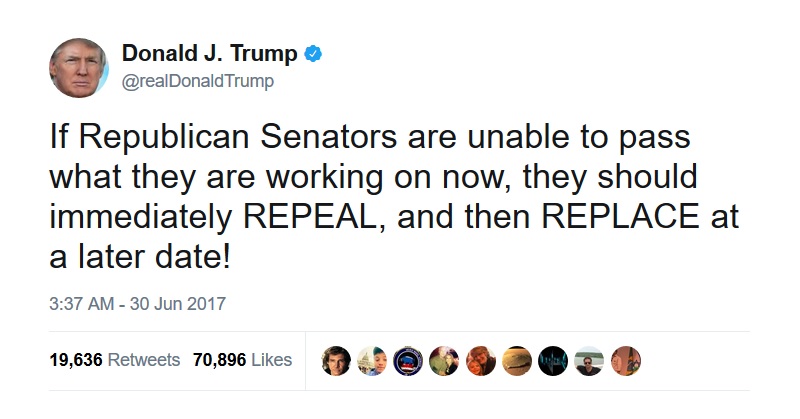
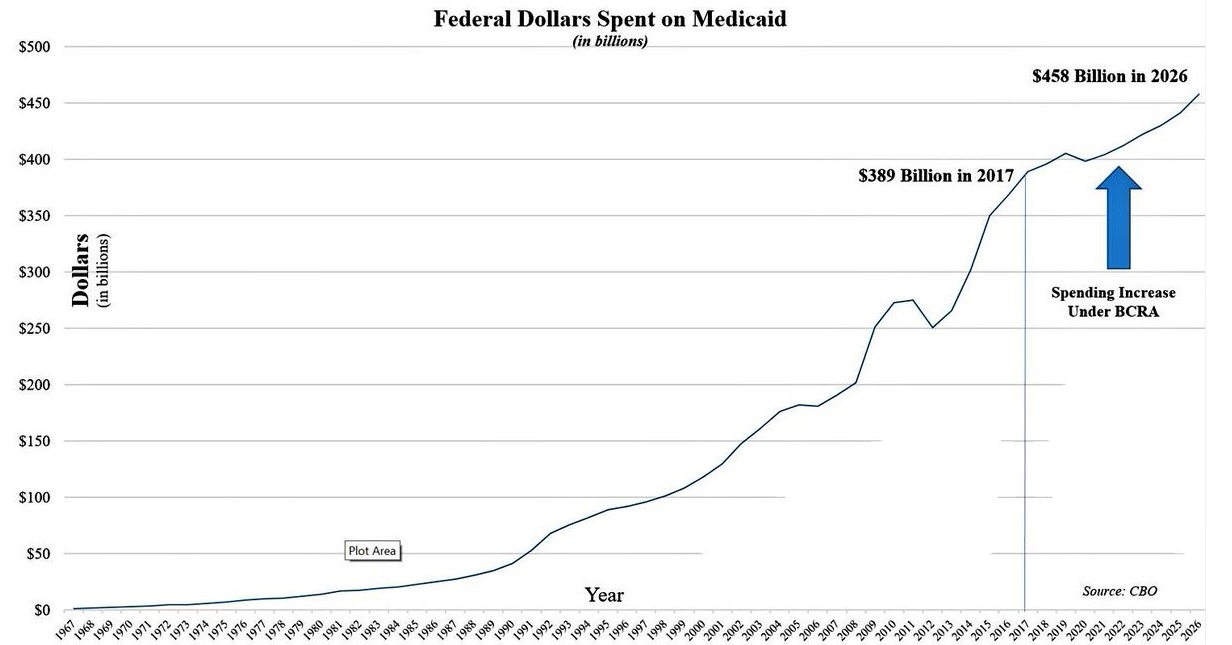


:no_upscale()/cdn.vox-cdn.com/uploads/chorus_asset/file/8769769/trump_tweet5.gif)
